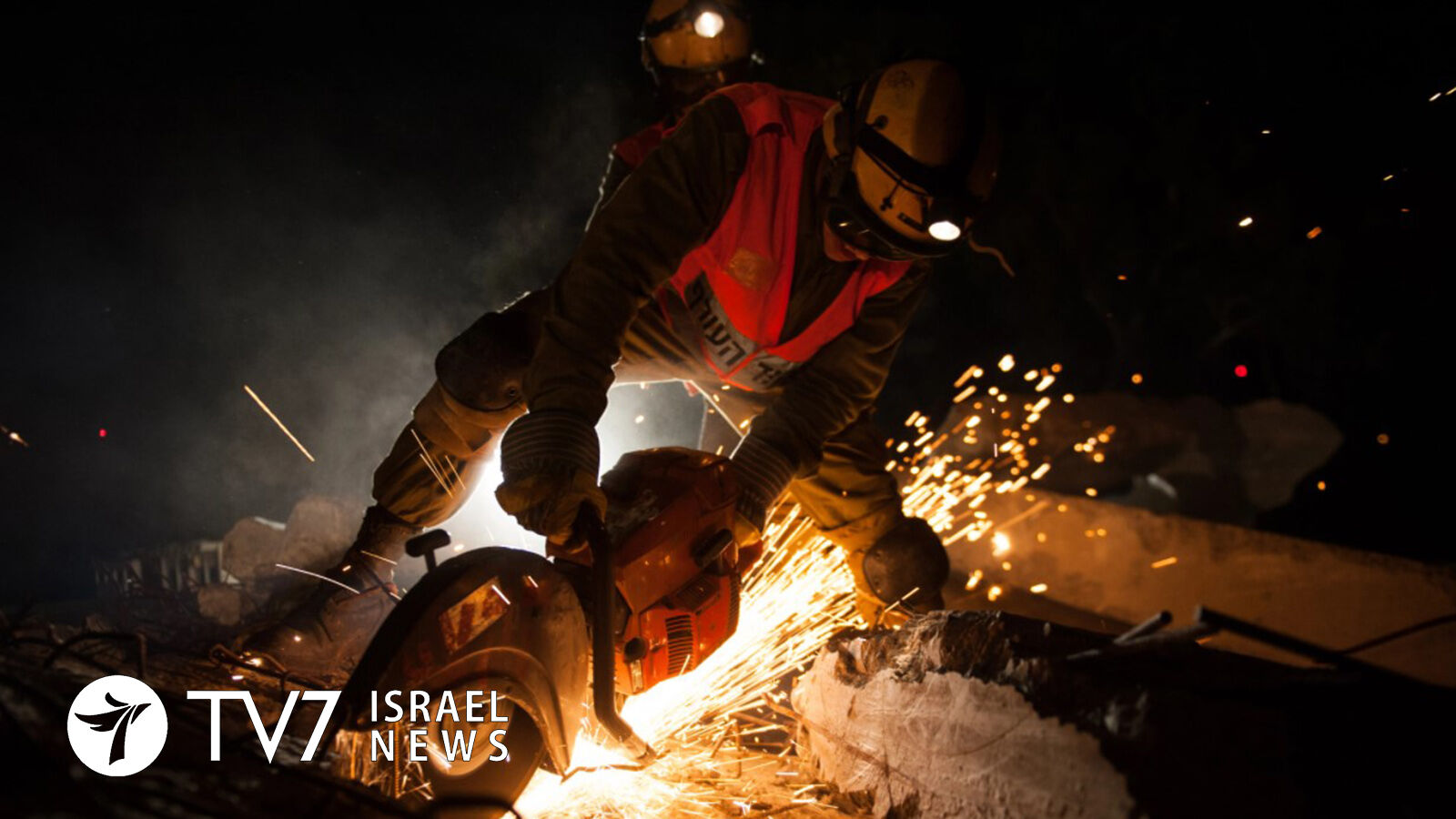Sirens sounded across several Israeli cities on Monday as part of the first test of the nation’s earthquake early warning system.
By Erin Viner
Israelis are unfortunately used to run for bomb shelters when air raid sirens warn of impending rocket attacks from the Islamist Hamas rulers of Gaza in the south or by the Iran-backed Hezbollah terror organization in the north – but the system will now additionally be sounded if nationwide network of 120 seismic monitoring stations detects a strong earthquake.
The differential between impending missile attacks is that now the siren will be accompanied by the Hebrew word for “earthquake” repeated on loudspeakers.
While early warning systems are based in a small number of countries such as Japan or along the west coast of the United States, Israel is unique in that the IDF Homefront Command – which is well-trained to alert the public of emergencies with the sirens and targeted text messages – operates the system in the Jewish State.
The Geological Survey of Israel (GSI) monitors seismic activity around the clock, and if a quake of at least 4.5 magnitude is detected, the military is instantaneously notified and warns the public.
Sirens were activated during the drill to test the capability of providing real-time warnings in case of earthquakes at several locations, including the northern cities of Kiryat Shmona, Beit She’an, Acre (Akko) and Nesher in northern Israel; several towns in the Jordan Valley; and Arad and Dimona in the south.
Authorities said that the sirens will last between a few seconds up to half a minute, depending on the distance from the quake’s epicenter. They emphasized that even those moments could save lives.
The system, which has already been operating offline for more than a year, was expedited in the wake of 2 relatively small earthquakes in northern Israel last month.
A 3.6 magnitude earthquake shook the Jordan Valley region on 23 January at a 5 km depth. The epicenter was 16km southeast of the city of Tiberias, where residents were evacuated from a building after cracks appeared in the structure. Other evacuations included a school in Afula and the Beit She’an Municipality. The tremors were also felt in the northern cities of Nazareth and Haifa.
A 3.8 magnitude earthquake occurred in the same area just 12 hours earlier, at a 3 km depth with the epicenter was also near Tiberias in the Great Rift Valley.
Israelis also reported tremors last week as an aftershock of the 6.5-magnitude quake in the Mediterranean Sea to the west of Cyprus on 11 January.
In addition, a 4.2 magnitude rattled Israel last June.
There were no reported injuries or damage in either of the incidents, which are classified as “minor,” but there has been rising concern over a worse event in the future.
The Dead Sea Transform (DST) fault system, also sometimes referred to as the Dead Sea Rift, between Israel and Jordan is known for seismic activity. Serious earthquakes occur in the area about every 100 years, the last of which was in 1927.
